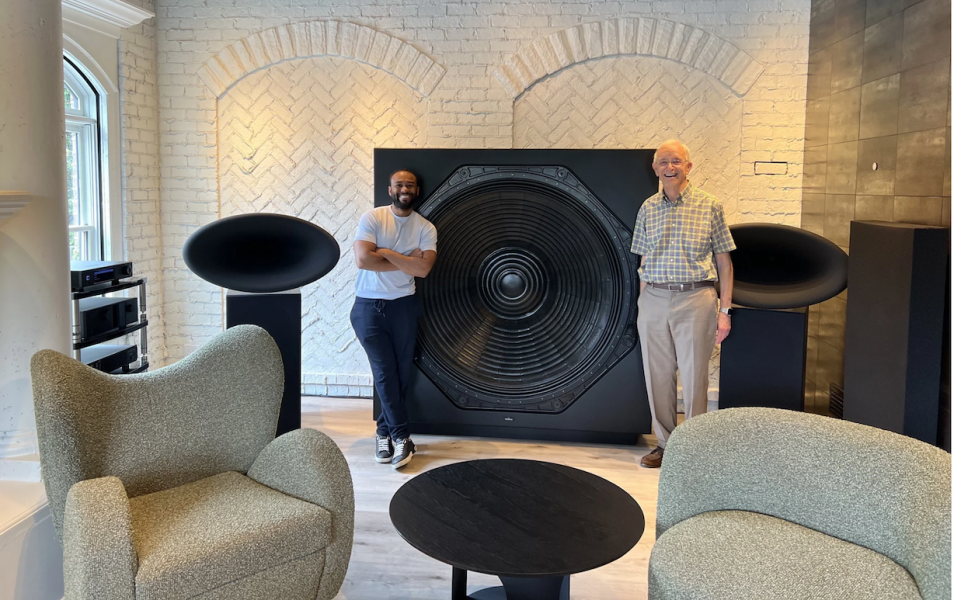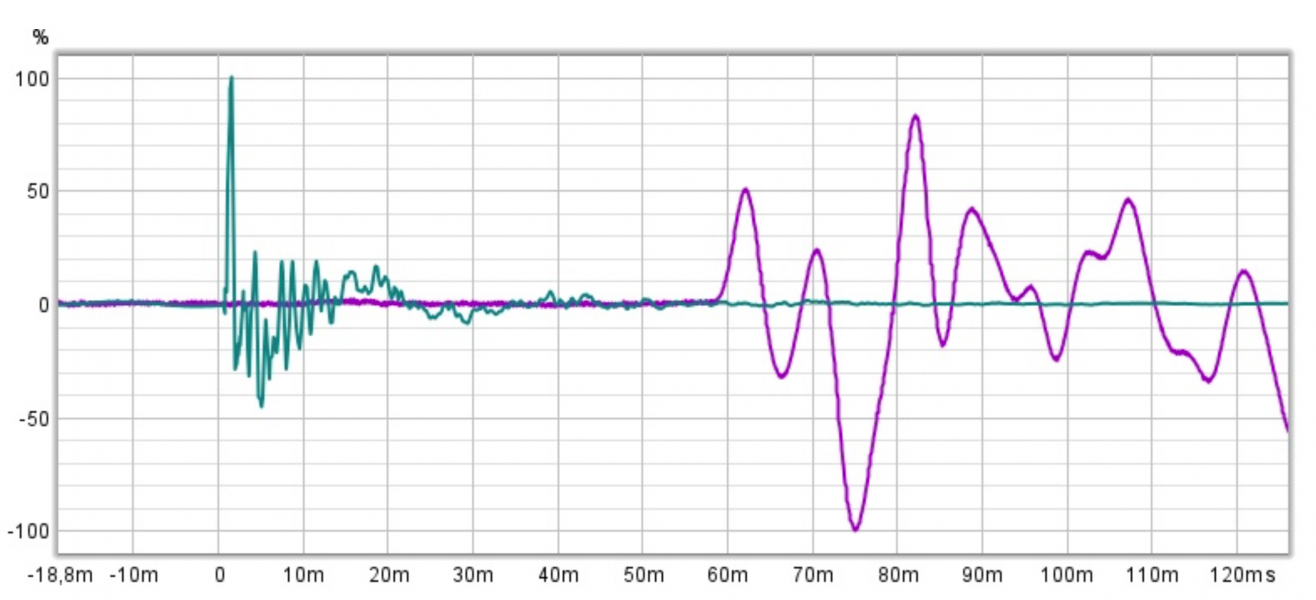Hello and good evening to you, Mikem53. I have heard many a sub and this (to me) wreaks of accuracy, timing and speed with subs. The fact that they barely move but can move a waveform that can pound your core. This is one of the very reasons I have taken to the Rhythmik F25's. Hardcore accuracy, speed and precision without any additional flavor or boom (unwanted artifacts).
I feel for you on the loss of your old sub combo. I felt this for years after the release of the VMPS Larger with upgrades and a beefy amp/combo with the Velodyne SMS-1. Rhythmik does not have any 18" offerings but even at extreme levels? You can barely see the massive woofers moving. FWIW.
Tom
I'd be very interested to hear your thoughts on the Rhythmik F25's. BTW, they do make an 18" sub for about the last 18 months or so and I'll probably spring for soonish.
In 2015 I purchased a Rhythmik model E15 since it was more compact in cabinet size. Kinda' regretted the purchase for several years because I couldn't get things dialed in. But it did augment the bass of my VPMS RM-40's which I also never quite got dialed in so it sufficed for what it did. Not too long ago as I was preparing to put the E15 up for sale, I went through Rhythmik's 1 page summary of config suggestions for about the 40th time. Only this time I really really tried to read between the lines and after about the 10th tweak to several of the 8 or 9 toggle switches and dials, I got it. Not much of a clue now which switches and/or dials got me there. More impressive is that the sub has never moved 1-mm since I first took possession so it was all limited to tweaking switches / dials.
Years ago I've had the opportunity to listen to what I consider the most musical bass. And I'm happy to say that this magical dialing-in of the E15 along with some other overall improvements, I'm now getting tremendous enjoyment from the E15's capabilities and not just in the lowest octaves but not unlike that which I heard years ago. It has transformed bass into a tremendously tight, well-defined, well-pronounced, fast, natural, and otherwise quite a musical performer. Not to say what it does for the overall playback presentation including much warmer and more balanced across the frequency spectrum. To put it another way, the E15 never went up for sale.
Honestly, I didn't think a larger sub was capable of this type of musical bass. My VMPS RM-40's have two 9-inches plus a 9 or 10-inch passive radiator per channel but I've also never been able to dial-in these speakers to my room. Nevertheless, I can say with confidence that in this or any other videos I might share, the RM40's bass is augmenting the E15 - not the E15 augmenting the RM40's.
I've included a video sample of the sub well after finally dialed in. Though not perfect I kinda' love the sub now.
What's the most musical fast and accurate sub I've heard? I think generically the answer is, whichever sub one is able to dial-in / tune the best.
---------------------------------
About Bag-End. I never owned a Bag-End 18" infra-sub but I did audition one 20 years ago for about 2 weeks. I didn't know much of anything but it sure did seem well-defined, tight, quite musical, etc. Can't believe I opted for another 18-inch sub because it had more dials. Not smart.
















